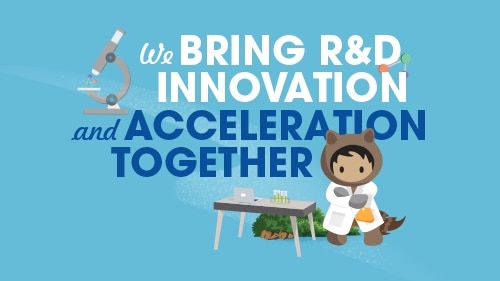The outlook for the pharmaceutical R&D sector hasn’t been quite so bright in recent years. The industry has faced numerous headwinds: pricing pressures, patent expirations, longer development cycles, and increased regulatory scrutiny. By one measure, a recent study from Deloitte indicates that pharmaceutical R&D ROI is at its lowest level in nine years, a paltry 1.9%. Simply put, it’s taking more time and money ($2B+) to get new drugs approved, and the peak sales per drug is declining.
Does that mean that these gloomy conditions will hover over the industry indefinitely? I certainly don’t think so. Biopharma companies have consistently had to reimagine themselves over the years to confront globalization, the entry of generics and biosimilars, and now the advent of precision medicine and value-based care. Innovation comes in many forms and extends beyond the incredible innovation that already goes into drug discovery and development. We’ve observed companies in this industry change how their scientists collaborate with each other, how they engage with patients in clinical trials, and how they gather real-world intelligence to drive operational decision making.
Digital innovation is a driving factor in many of these transformations. The convergence of cloud, mobile, social, artificial intelligence, and IoT enables companies to accelerate drugs into the market faster by running trials more efficiently, retaining patients with better experiences, and creating better cross-functional decision making across the organization.
As my team heads to the DIA 2019 Global Annual Meeting to meet with innovative companies across the pharma R&D sector, we are reflecting on our own vision for this part of the industry. How can we help companies accelerate clinical innovation through impactful technology?
Our approach has been evolving rapidly and consists of three main pillars:
1. Leverage a powerful platform to create connected experiences and intelligent apps
Apps and experiences may vary across the R&D spectrum, but often share the same foundational elements: security models, identity and access provisioning, customer and operational data, and embedded intelligence, to name a few. Our customers have built applications to recruit subjects into clinical trials, manage their trial operations, and help orchestrate the delivery of complex gene therapies to patients. While each of these processes involves unique workflow and stakeholder experience, they can all be built on a common technology foundation — which eliminates the trap of siloed data and solutions. Having this unified view of the R&D spectrum and associated data also enables cross-functional reporting and predictive intelligence.
2. Focus on integration scalability to connect R&D systems across the enterprise
Building on a unified platform has advantages, but our customers often have many applications that reside on separate technology stacks. This makes integration a top priority for many, and Salesforce recognized this prevalent need with our acquisition of Mulesoft. The Mulesoft Anypoint Platform helps companies build and scale APIs (software connections) up to 5x faster across their enterprise, including on-premise and cloud applications, process workflows, and omnichannel experiences. One global pharma company drove a 60% decrease in project costs and 40% faster API development time while connecting their operational database, IRT, subject, site, and study data.
3. Deliver fit-for-purpose solutions by leveraging a world-class partner ecosystem
Most companies we work with recognize the value in platforms, but also need fit-for-purpose solutions that accelerate their time to value. Our large and growing ecosystem of technology partners and independent software vendors (ISV) offers our customers tailored solutions across the R&D, Quality, and Safety landscape. Last year, our partners at IQVIA announced that they would be building a suite of clinically-focused technology solutions on Health Cloud. We’re excited to be a part of DIA again and to see our partner IQVIA highlight their Pharmacovigilance Solution, the first of a number of new solutions for the Life Sciences industry.
The future of pharmaceutical development is bright, and the innovations achieved today will directly impact patients faster than ever before. If you’re going to DIA, please join us at DIA Booth #2009 to start a conversation (#DIA2019) and let’s get better together.




























